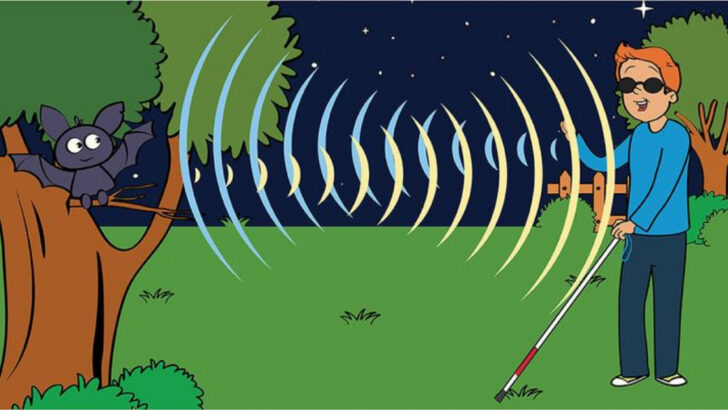Nature was the original inventor—humans just took notes.
Before engineers drafted blueprints and tech giants launched prototypes, the animal kingdom had already solved problems we’re still trying to master. Flight, sonar, grip, stealth… all perfected by creatures with scales, feathers, or fins.
From dragonflies that outmaneuver drones
to geckos that taught us how to climb glass
to sharks that inspired sleek, bacteria-fighting surfaces—
animals have been shaping the future longer than we’ve had electricity.
And the best part? They didn’t need a lab.
Just instincts, evolution, and raw survival.
Get ready to meet the creatures behind the machines.
Kingfisher and Bullet Trains
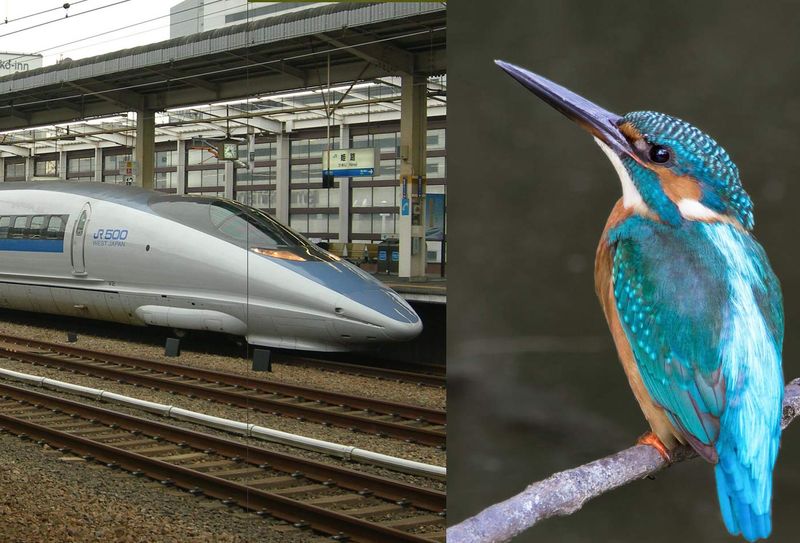
The kingfisher, with its vibrant plumage and streamlined beak, has been a muse for engineers. Its ability to dive into water with minimal splash inspired the design of Japan’s bullet trains. The train’s nose was remodeled to reduce noise and increase speed, emulating the kingfisher’s efficient water entry. Engineers observed how this bird minimizes impact resistance and applied similar principles to train design. This not only improved aerodynamics but also reduced energy consumption. The kingfisher’s influence on technology showcases the brilliance of biomimicry, where nature’s solutions guide human innovation.
Gecko and Adhesive Technology
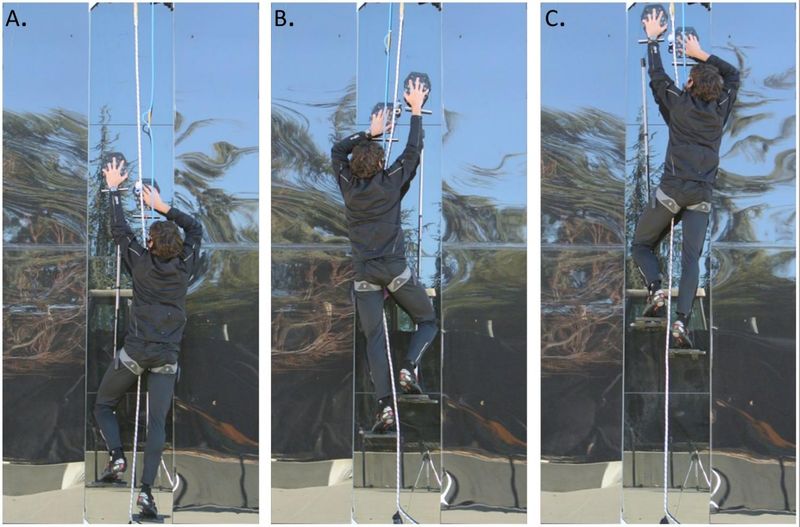
The gecko’s remarkable climbing ability has left scientists in awe. Its secret lies in millions of tiny hair-like structures called setae on its toes. These allow it to stick to surfaces effortlessly. Inspired by this, researchers developed advanced adhesives that mimic the gecko’s grip. Such adhesives are not sticky to the touch yet can hold significant weight. They opened new possibilities in robotics, enabling machines to climb walls and ceilings. The gecko has thus shifted paradigms, proving that nature’s designs can surpass conventional human approaches.
Bats and Echolocation Devices
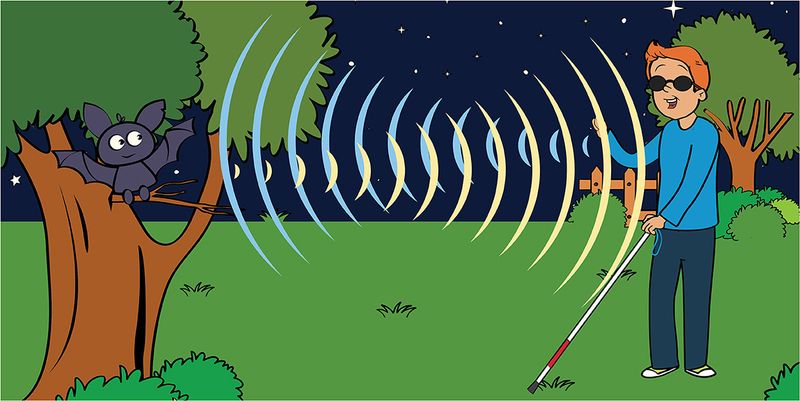
Bats navigate the night with an extraordinary ability – echolocation. By emitting sound waves and listening for echoes, they determine the position and shape of objects around them. This natural sonar inspired the development of devices aiding the visually impaired. These gadgets emit sounds that bounce off nearby objects, creating user awareness of their surroundings. This innovation offers enhanced independence, making bats unsung heroes in technology. The story of echolocation is a testament to the remarkable ways animals guide us to see beyond human limitations.
Sharks and Swimwear
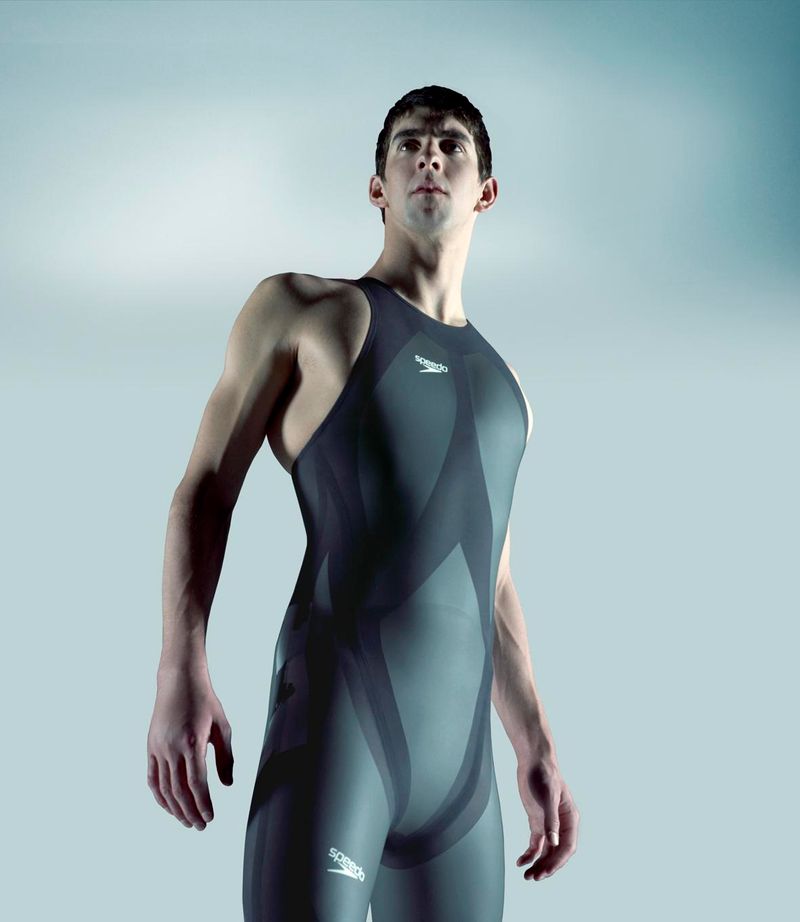
The sleek, hydrodynamic form of the shark is not just for show. Its skin, covered in tiny tooth-like scales called denticles, reduces drag and prevents bacterial growth. Inspired by this, swimsuit manufacturers have crafted suits that increase swimming speed. These suits mimic the shark’s skin, allowing swimmers to glide efficiently through water. The innovation was so effective, it was even banned in some competitions for giving undue advantage. Sharks, with their evolutionary finesse, continue to inspire breakthroughs in aquatic technology.
Termites and Climate Control

Termites might seem like unlikely architects, but their mounds are a marvel of engineering. These structures maintain a constant internal temperature despite external climate changes. Inspired by this, architects designed buildings with natural ventilation systems, reducing energy use. By mimicking the termite mound’s airflow dynamics, buildings achieve efficient climate control without relying on air conditioning. This bio-inspired architecture harmonizes with nature, reflecting how even the smallest creatures can teach monumental lessons in sustainability.
Butterflies and Structural Color
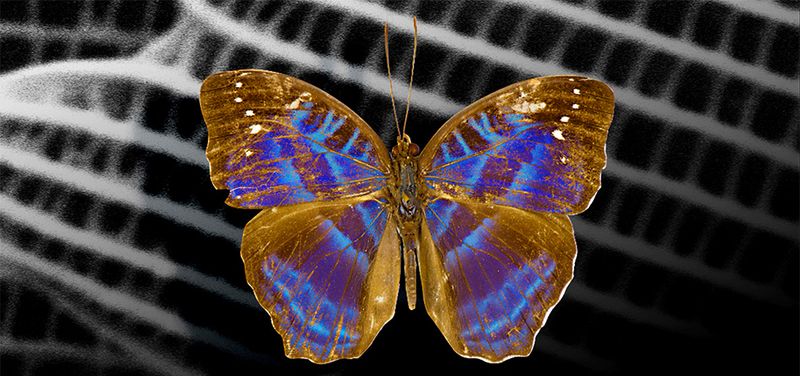
Butterflies dazzle with colors that aren’t derived from pigments but from microscopic structures on their wings. These structures manipulate light to produce iridescence. Inspired by this phenomenon, scientists developed structurally colored materials. These materials don’t fade like dyes and offer vibrant, long-lasting colors. Applications range from cosmetics to innovative camouflage for vehicles. The butterfly’s natural brilliance is a beacon, guiding innovative approaches in sustainable and enduring color technology.
Fireflies and LED Technology
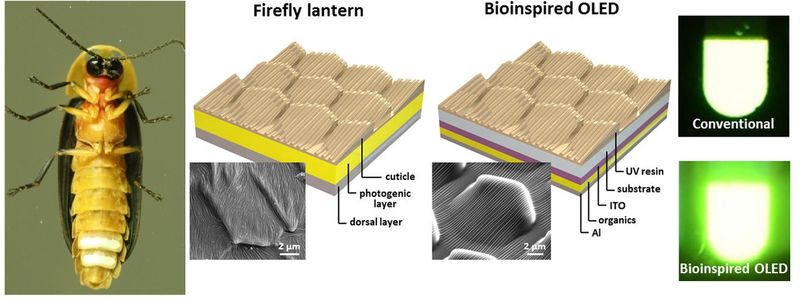
Fireflies, with their enchanting glow, have sparked human fascination for centuries. Their efficient bioluminescence, resulting from a chemical reaction in their abdomen, inspired advancements in LED technology. Scientists studied the unique scales on firefly lanterns, which enhance light emission, and applied these findings to improve LED brightness and power efficiency. The firefly’s natural light serves as an example of how nature’s innovations continue to illuminate human technology, casting light on paths previously unexplored.
Humpback Whales and Wind Turbines
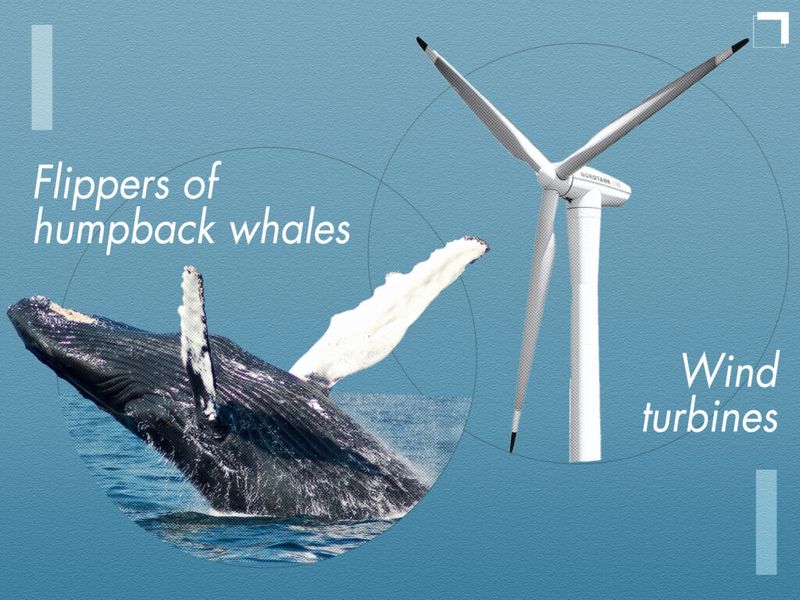
Humpback whales, with their massive, gracefully maneuverable bodies, have inspired renewable energy solutions. Their flippers feature bumps called tubercles, enhancing lift and reducing drag. Engineers applied this design to wind turbine blades, increasing efficiency and stability even in low wind conditions. This biomimetic innovation, drawn from the whale’s evolutionary mastery, exemplifies how observing nature leads to sustainable technological advancements that harmonize with our environment.
Owls and Silent Flight Technology
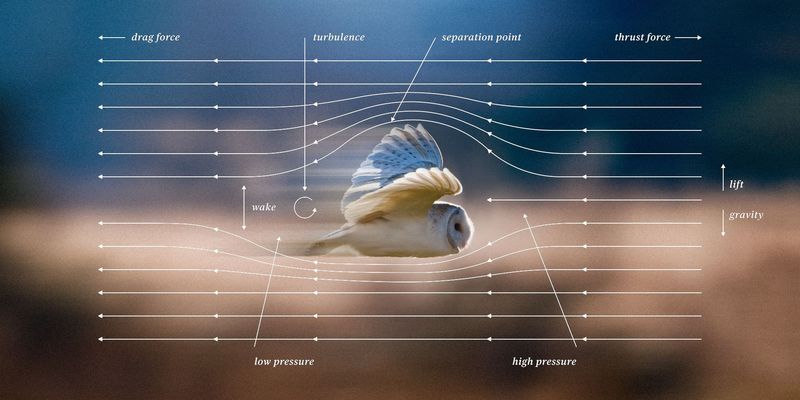
Owls, the stealthy nocturnal hunters, possess a remarkable adaptation: silent flight. This is due to the unique serrated edges on their feathers, which break up turbulence into smaller streams, reducing noise. Engineers have applied this natural stealth technology to aircraft design, creating quieter planes that lessen noise pollution. The owl, with its enigmatic presence, continues to guide innovations in aviation, showing that sometimes the quietest creatures leave the loudest impacts on technological progress.
Dolphins and Underwater Communication
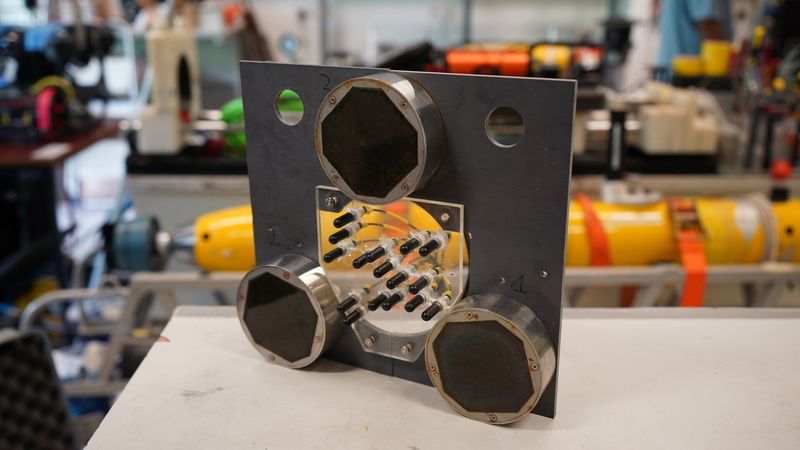
Dolphins, with their complex vocalizations, have long intrigued scientists. Their ability to communicate with clicks and whistles inspired the development of underwater communication technology. This biomimicry enables divers and submarines to send and receive data more efficiently in the aquatic realm. Dolphins have therefore become ambassadors of marine communication, showing that by listening to nature, we find solutions to transcend our own communicative limitations.
Beetles and Moisture Harvesting
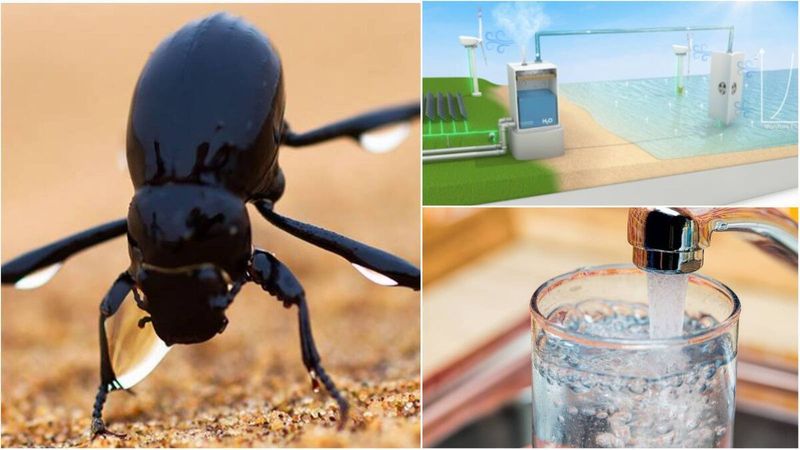
The Namib Desert beetle has mastered water collection in one of the harshest climates. Its back is covered in hydrophilic bumps that trap moisture from fog. Inspired by this, innovators have developed materials and devices that harvest water from the air. Such technology has the potential to provide fresh water in arid regions. By studying the beetle, we learn that even the smallest creatures can provide big solutions to global challenges.
Octopus and Robotics
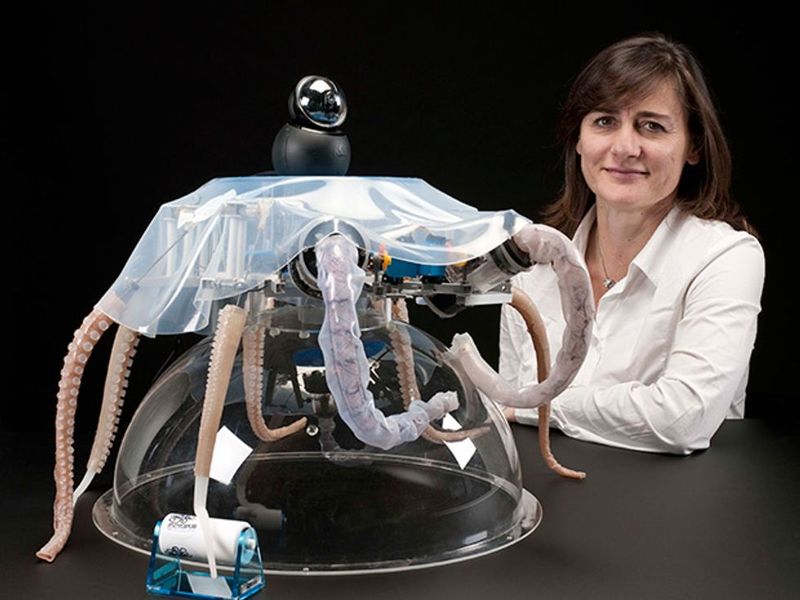
The octopus, with its eight flexible arms, has become a muse for robotics. Its unique muscle structure allows for extraordinary manipulation and movement. Inspired by this, engineers have created robotic arms that emulate the octopus’s dexterity. These robots can grasp delicate objects and navigate complex environments, offering benefits in fields ranging from medicine to deep-sea exploration. The octopus’s adaptability continues to inspire innovations that push the boundaries of what robots can achieve.
Cheetahs and Prosthetic Limbs

The cheetah, known for unparalleled speed and agility, has inspired the design of advanced prosthetic limbs. Engineers studied the cheetah’s leg structure and stride to develop limbs that offer improved speed and flexibility. These prosthetics empower athletes with enhanced performance, revolutionizing adaptive sports. The cheetah’s incredible biomechanics underscore how understanding animal physiology can lead to transformative human advancements, bridging the gap between nature and technology.
Spiders and Web Technology
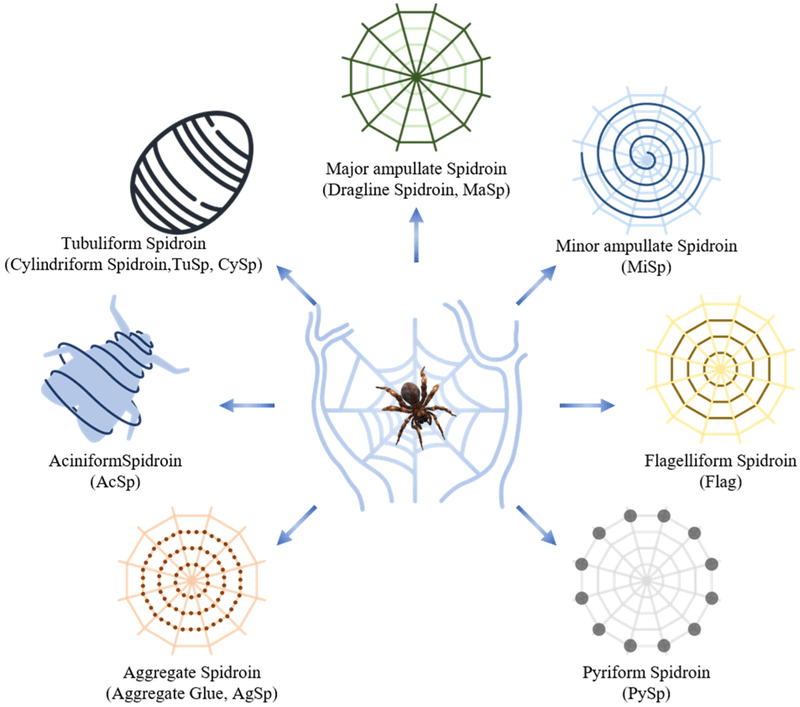
Spiders, with their ability to spin silk stronger than steel, have fascinated humans for centuries. Their silk’s resilience and flexibility sparked the development of new materials with similar properties. Researchers have synthesized spider-inspired fibers for use in everything from bulletproof vests to medical sutures. The spider’s web serves as a reminder of nature’s engineering prowess, showcasing how even the most delicate creations can inspire robust technological innovations.

